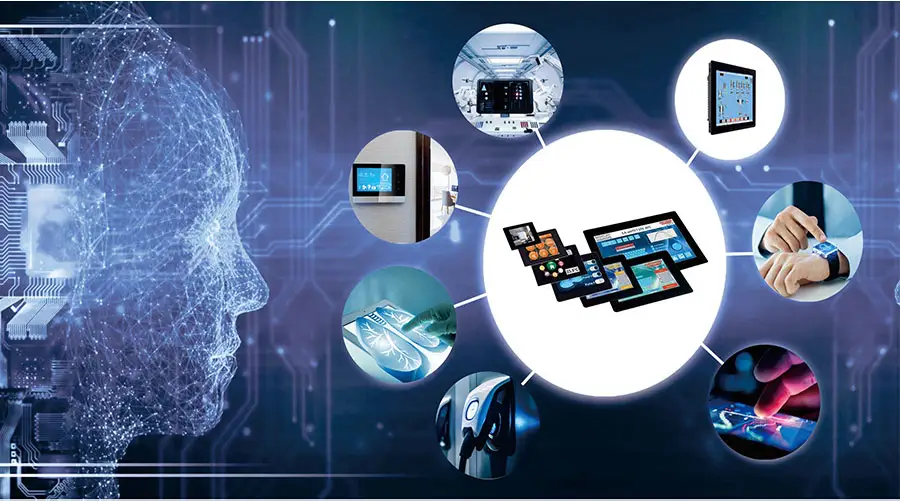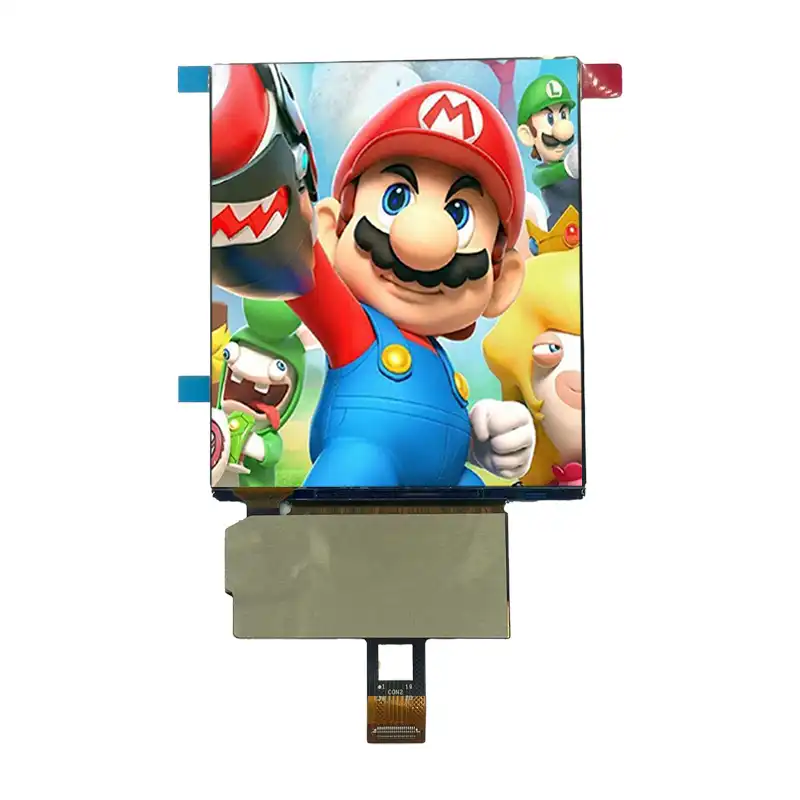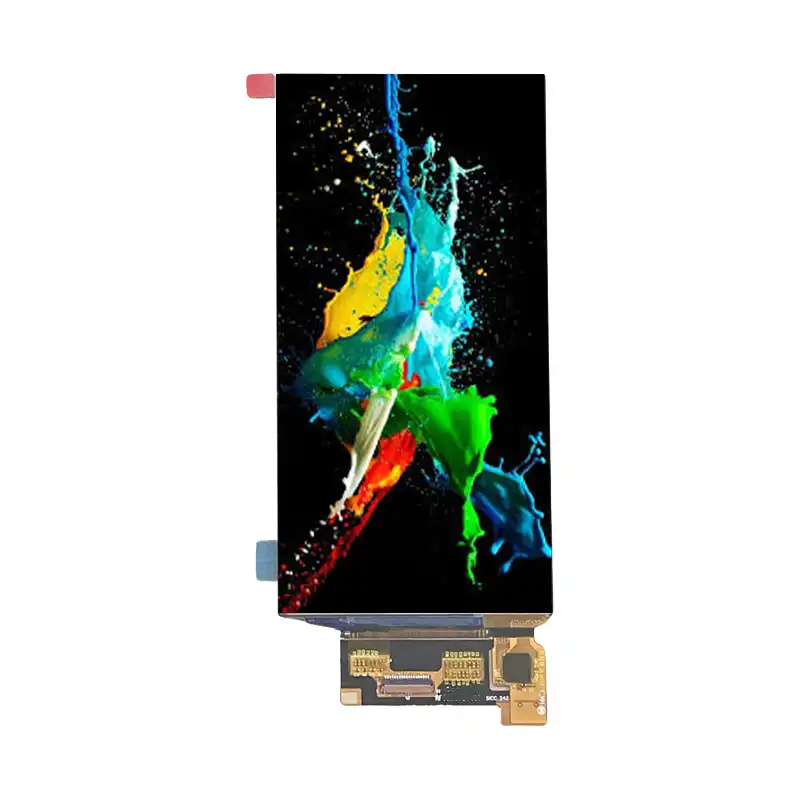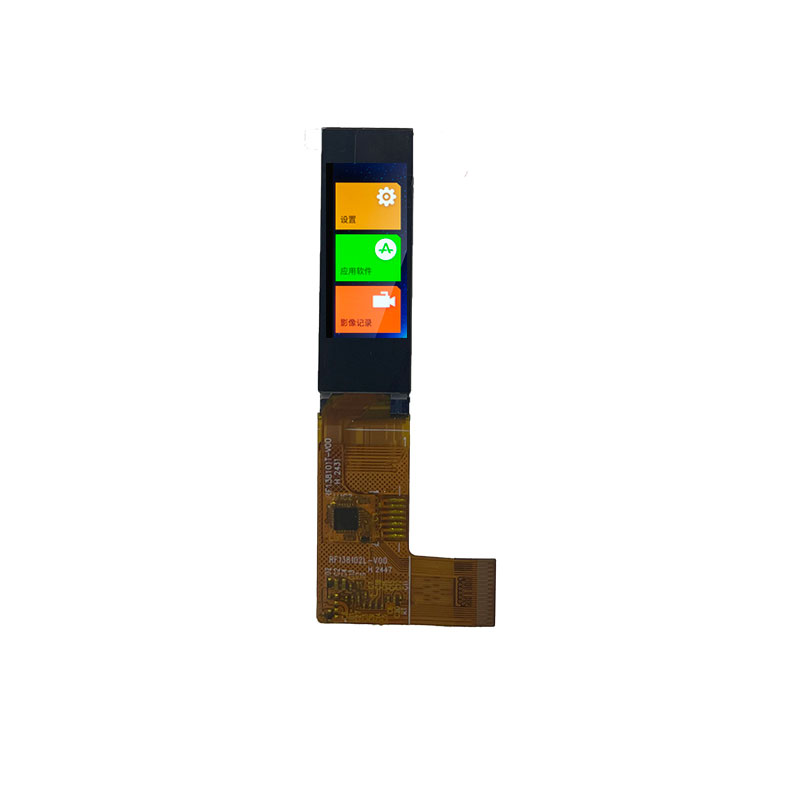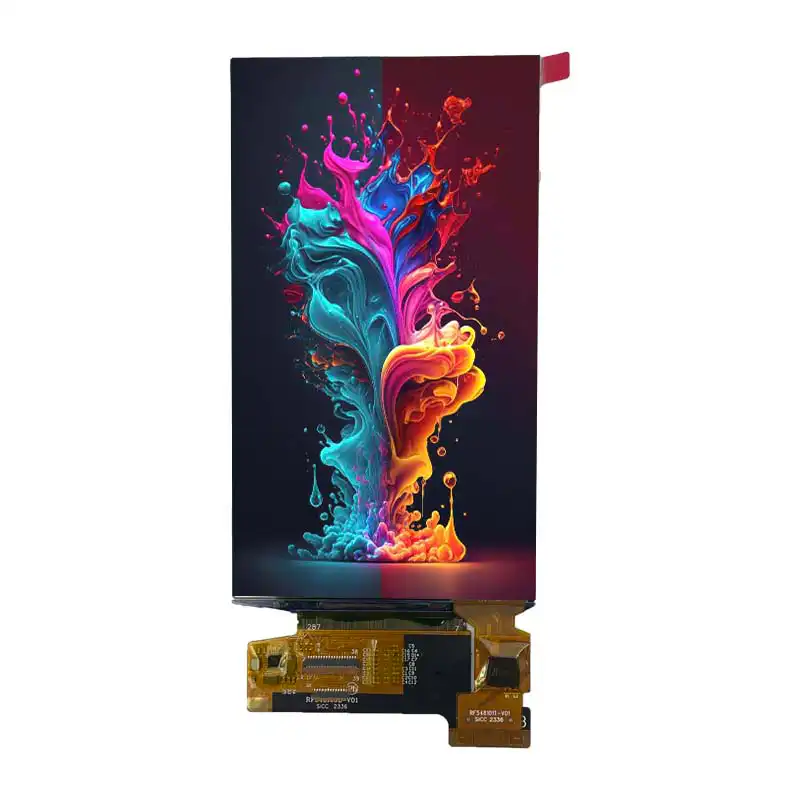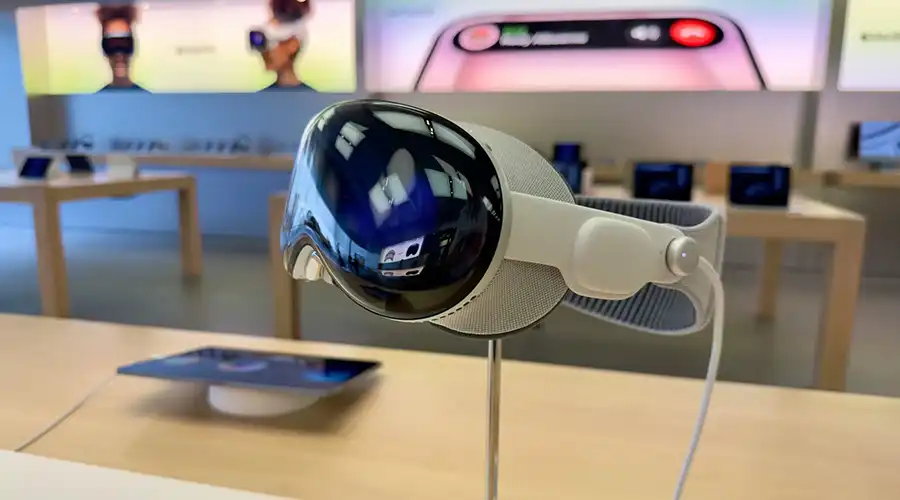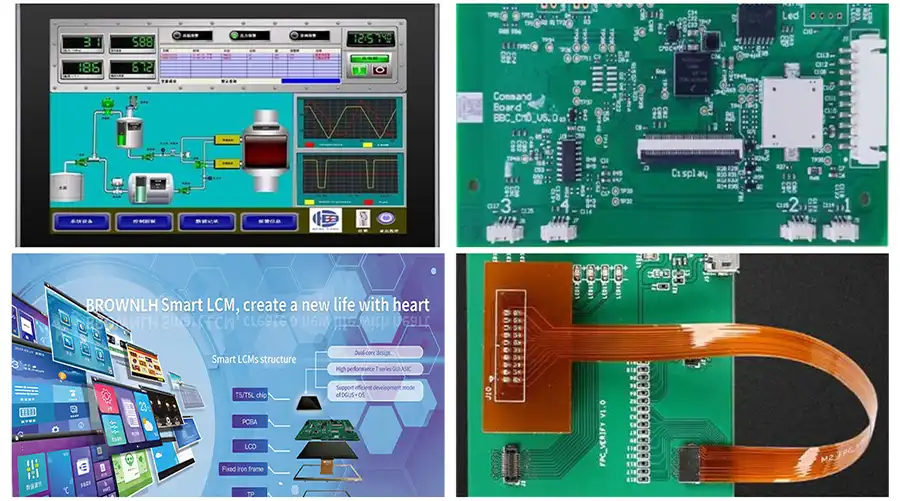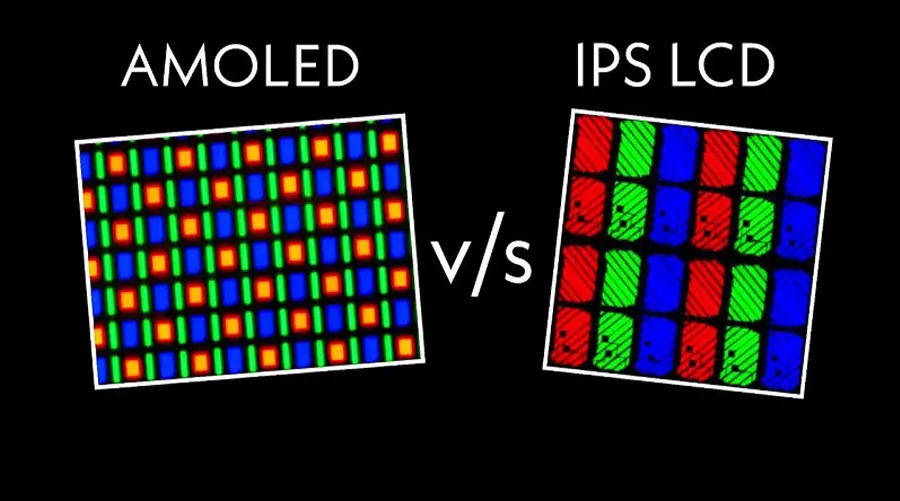Explore the intricate workings of leading display technologies, their benefits, and potential applications.
Introduction to Display Technologies
In the rapidly evolving world of electronic displays, Liquid Crystal Displays (LCD), Organic Light Emitting Diodes (OLED), and MicroLEDs represent significant milestones in technological advancement. Each technology offers unique features and capabilities that cater to various applications from smartphones and televisions to medical devices and industrial control panels. Understanding these technologies helps consumers and professionals make informed decisions about which type of display best suits their needs.
An In-depth Look at LCD Technology
Liquid Crystal Displays have been a cornerstone of visual technology for decades, providing reliable performance across a wide range of products. The basic structure of an LCD includes layers such as the backlight unit, polarizers, liquid crystal layer, and color filters. These components work together to manipulate light and create images on the screen.

The Core Components of LCD Screens
The core components of an LCD screen include the backlight unit, which provides the necessary illumination, polarizing films that control light passage, and the liquid crystal layer that modulates the light based on electrical signals. Additionally, color filters are used to produce the red, green, and blue colors needed for full-color displays.
LCDs are widely used due to their cost-effectiveness and reliability. However, they have limitations in terms of contrast ratios and viewing angles compared to newer technologies like OLED and MicroLED.
OLED 디스플레이 이해
OLED technology has revolutionized display capabilities by offering superior contrast ratios and vibrant colors. Unlike LCDs, OLED displays do not require a backlight because each pixel emits its own light. This self-emissive nature allows OLED screens to achieve true blacks and infinite contrast ratios, making them ideal for high-end applications where picture quality is paramount.
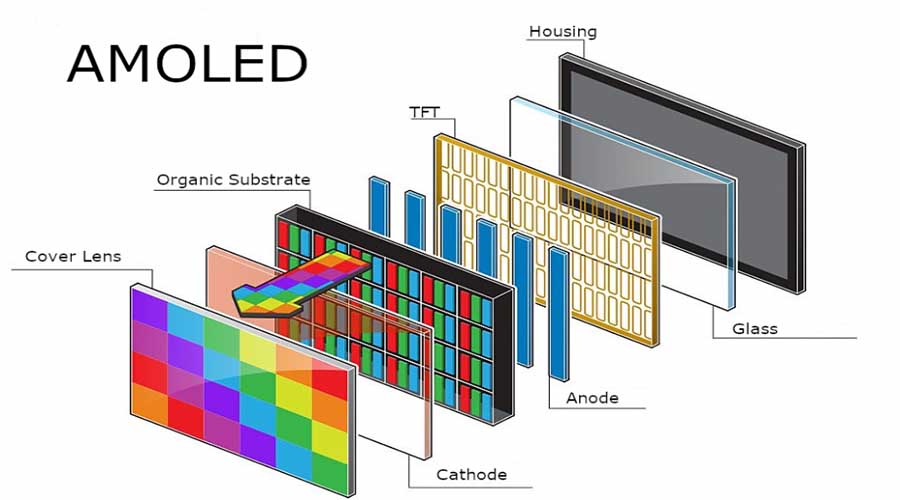
Advantages of OLED Over Traditional LCDs
One of the most notable advantages of OLED is its ability to achieve true blacks and infinite contrast ratios. Since OLED pixels emit their own light, they can be turned off completely, resulting in deep blacks and enhanced picture quality. OLED also offers faster response times and wider viewing angles compared to LCDs, making it suitable for dynamic content like movies and games.
Burn-In Issues in OLED Displays
A common issue with OLED displays is burn-in, where static images left on the screen for extended periods may leave permanent marks. This occurs due to differential lifespans among red, green, and blue subpixels. Software solutions can mitigate this problem by adjusting current levels across different areas of the screen.
The Future with MicroLED Technology
MicroLED is poised to be the next big leap in display technology, offering unparalleled brightness and energy efficiency. By using microscopic LEDs that can emit light independently, MicroLED displays provide superior performance compared to both LCD and OLED technologies. MicroLED uses inorganic materials, making it more durable and less prone to degradation over time.

Key Features of MicroLED Displays
MicroLED displays are characterized by their use of microscopic LEDs that can emit light independently. These LEDs are made from inorganic materials, making them more durable and less prone to degradation over time. MicroLED technology also offers higher brightness levels and lower power consumption compared to OLED, making it ideal for outdoor and high-brightness environments.
Challenges in MicroLED Production
Despite its promising features, MicroLED faces challenges related to manufacturing complexity and cost. The process of assembling millions of tiny LEDs onto a substrate requires precise alignment and bonding techniques. As research and development continue, these challenges are expected to diminish, paving the way for widespread adoption of MicroLED technology.
Comparing LCD, OLED, and MicroLED
When comparing these three display technologies, it's clear that each has its strengths and weaknesses. LCDs offer reliability and cost-effectiveness but lag behind in terms of contrast and response time. OLEDs provide superior picture quality and flexibility but suffer from issues like burn-in. MicroLED combines the best aspects of both technologies, offering high brightness, low power consumption, and durability, though it currently faces production challenges.
시장 동향 및 미래 전망
미래를 내다보면, 마이크로 LED는 차세대 디스플레이를 형성하는 데 중요한 역할을 할 것으로 예상됩니다. 지속적인 연구 개발 노력을 통해 마이크로 LED와 관련된 비용 및 생산 문제가 줄어들어 광범위한 채택으로 이어질 것으로 예상됩니다. 한편, OLED는 뛰어난 화질로 모바일 및 TV 시장을 여전히 장악하고 있으며, LCD는 예산에 민감한 소비자에게 여전히 신뢰할 수 있는 선택입니다.
기술 애호가와 전문가에게 디스플레이 기술의 최신 동향을 파악하는 것은 매우 중요합니다. 신제품을 설계하든, 단순히 개인 기기를 업그레이드하든, LCD, OLED, MicroLED의 미묘한 차이를 이해하면 최선의 결정을 내리는 데 도움이 될 것입니다.

최신 기사
-
2025년 AR/XR의 핵심은 1~2인치 AMOLED
AR/XR 붐에서 1~2인치 AMOLED 디스플레이가 필수가 되는 이유(2025년 산업 통찰력) 본문 {f
-
Understanding OLED Display Technology: Principles, Performance & Applications
OLED (Organic Light Emitting Diode) displays are a class of self-emissive display technology in whic
-
From Wearables to AR Glasses – How OLED Displays Are Redefining Visual Experiences in 2025
By 2025, OLED (Organic Light-Emitting Diode) technology has transitioned from luxury smartphone disp
-
Stretched Bar LCD Displays for Retail: Boost Sales & Engagement in Supermarkets
스트레치 바 LCD 디스플레이가 슈퍼마켓 선반 가장자리 마케팅을 향상시키고 매출을 늘리고 비용을 절감하는 방법을 알아보세요.
-
레스토랑 및 호스피탈리티 장소를 위한 스트레치 LCD 솔루션
스트레치 LCD는 레스토랑 메뉴와 호스피탈리티 서비스에 적합한 세련되고 고휘도 디스플레이를 제공합니다.
추천 상품
-
3.92 INCH OLED Screen I2C Interface 1080 × 1240 Resolution
제품 사양: BRO392001A 해상도: 1080x1024 작동 전압 범위: 28V 화면 크기: 3.92
-
6.01 INCH Display OLED screen | High Definition 1080x2160 | MIPI Interface
제품 사양: BRO601001A 디스플레이 모드: AMOLED 화면 크기(인치): 6.01 해상도: 1080x2
-
1.38 INCH AMOLED Type 128x400 Low Power Wearable Display
심천 브라운옵토 1.38인치 AMOLED 모듈: 128×400 해상도, 600니트 밝기, MIPI/QSPI/SPI
-
5.48 INCH AMOLED Display Module - 1080x1920 I2C, MIPI DSI, Industrial
제품 사양: BRO548001A 해상도: 1080x1920 작동 전압 범위: 2.8V 화면 크기: 5.4

